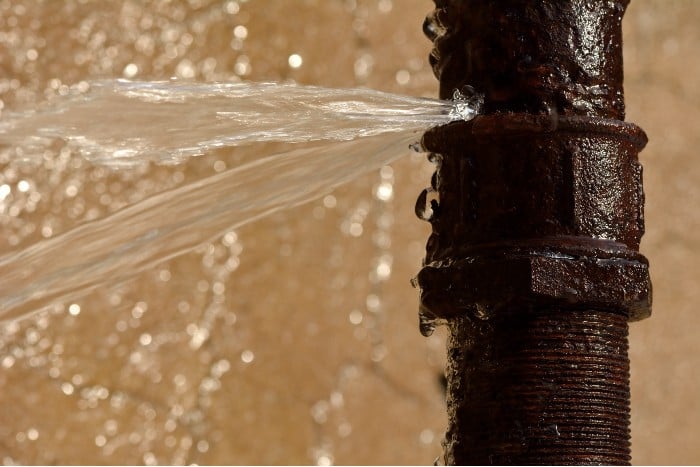Reveal Common Origins of Leakage Inside Your House
Reveal Common Origins of Leakage Inside Your House
Blog Article
They are making a number of good pointers regarding How to detect water leaks in your home as a whole in this post just below.

Leaks not only cause waste of water but can also cause unnecessary damage to your home and promote undesirable natural development. By looking as well as comprehending for everyday situations that cause leakages, you can secure your house from future leaks as well as unneeded damage.
Intruding roots
A lot of water leaks start outside the house instead than inside it. You could see wet patches or sinkholes in your lawn, as well as that could mean that tree roots are invading water lines triggering water to leak out.
Rusty water supply
This might be the cause of staining or bending on your water pipelines. If our plumbing system is old, think about changing the pipes since they are at a greater risk of deterioration than the newer versions.
Defective Pipeline Joints
Pipe joints can weaken over time, resulting in water leaks. If you have noisy pipes that make ticking or banging noises, especially when the hot water is transformed on, your pipeline joints are possibly under a whole lot of stress.
Instantaneous temperature level changes.
Severe temperature level adjustments in our pipes can cause them to broaden and get all of a sudden. This development and tightening might cause splits in the pipes, especially if the temperature level are below freezing. It would be best if you watched on just how your plumbing works. The visibility of the previously pointed out circumstances often shows a high threat.
Poor Water Connectors
At times, a leak can be created by loosened hose pipes as well as pipelines that provide your devices. In case of a water connections leak, you may observe water running straight from the supply line or pools around your devices.
Obstructed Drains
Obstructed drains pipes could be bothersome as well as inconveniencing, however they can often wind up triggering an overflow resulting in burst pipes. Maintain getting rid of any kind of materials that may drop your drains that can clog them to stay clear of such inconveniences.
All the above are root causes of leakages but not all water leakages arise from plumbing leaks; some leaks may originate from roof leaks. All leakages need to be repaired instantly to prevent water damages.
Leakages not just cause waste of water but can additionally cause unneeded damages to your residence as well as promote unwanted natural growth. By understanding as well as looking for daily situations that trigger leakages, you can shield your home from future leaks as well as unneeded damages. Today, we will look at six leak triggers that might be creating your pipes to drip.
At times, a leak can be caused by loose hoses as well as pipes that provide your home appliances. In case of a water links leak, you might discover water running directly from the supply line or pools around your devices.
How To Check For Water Leak In Your Home
How To Check for Leaks
The average household's leaks can account for nearly 10,000 gallons of water wasted every year and ten percent of homes have leaks that waste 90 gallons or more per day. Common types of leaks found in the home are worn toilet flappers, dripping faucets, and other leaking valves. These types of leaks are often easy to fix, requiring only a few tools and hardware that can pay for themselves in water savings. Fixing easily corrected household water leaks can save homeowners about 10 percent on their water bills.
To check for leaks in your home, you first need to determine whether you're wasting water and then identify the source of the leak. Here are some tips for finding leaks:
Take a look at your water usage during a colder month, such as January or February. If a family of four exceeds 12,000 gallons per month, there are serious leaks.
Check your water meter before and after a two-hour period when no water is being used. If the meter changes at all, you probably have a leak.
Identify toilet leaks by placing a drop of food coloring in the toilet tank. If any color shows up in the bowl after 10 minutes, you have a leak. (Be sure to flush immediately after the experiment to avoid staining the tank.)
Examine faucet gaskets and pipe fittings for any water on the outside of the pipe to check for surface leaks.
Undetected water leaks can happen without the home or business owner even realizing. If you suspect a water leak, but not able to find the source. It is time to contact a professional water leak detection service, The Leak Doctor.
How To Find a Water Leak In Your Home
https://www.leakdoctor.com/blog/How-To-Check-For-Water-Leak-In-Your-Home_AE197.html

I am just very interested by How to Find Water Leaks and I'm hoping you enjoyed the blog post. Those who liked our page kindly do not forget to share it. Thank-you for your time spent reading it.
Ready to assist! Report this page